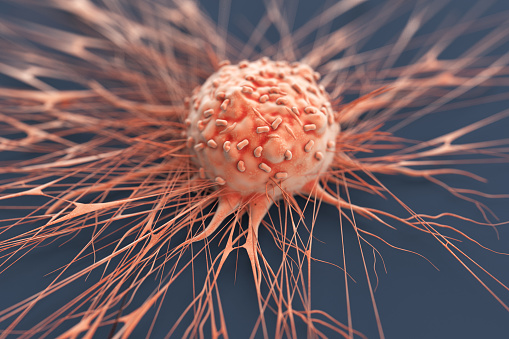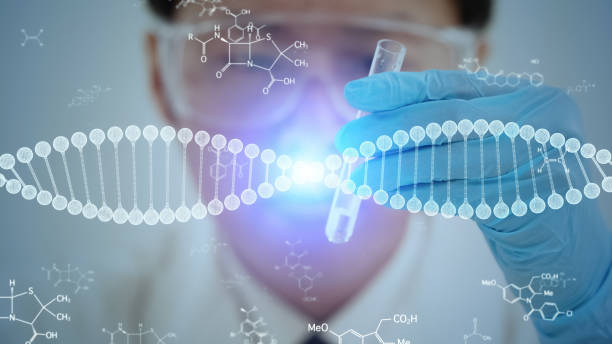Adenomyosis Treatment
The home treatment for adenomyosis include shepherd’s purse, vitex, Keishi-bukuryo-gan, ginger, turmeric, calcium, and magnesium, as well as aromatherapy, warm baths, heating pads, and yoga.
What Is Adenomyosis?
Adenomyosis is a particularly annoying, painful, and potentially dangerous condition that primarily affects women that are between the ages of 35 and 50. To put it simply, the endometrial tissue, which is the inner lining of the uterus, can begin to expand and grow into the myometrium, which is the uterine muscle. This tissue will then bleed, along with the uterine lining, during menstruation. The problem is, this results in clots in the body, which are called adenomyoma. These are often mistaken for fibroids. These clots and the additional bleeding can make menstruation extremely uncomfortable and can make them heavy and long in duration. The uterus can also become inflamed and general discomfort is common.
Some of the other symptoms of adenomyosis include pain during sexual intercourse, passing of blood clots during menstruation, and bleeding in between periods. You might also suffer from extreme, severe cramps and your abdomen might feel bulky or tender. Adenomyosis can be caused by a variety of factors, but unfortunately, there is not a “cure” for the condition.
Certain herbs have been found to be highly beneficial, however, which is where most people turn for help. What we do know is that the condition is highly estrogen-dependent, so menopause does provide a natural cure by reducing the estrogen levels significantly in the body.
Anti-inflammatory medicines and hormonal manipulation can reduce the effects of the condition, but for those people who try to avoid pharmaceutical solutions, the following natural and herbal remedies might do the trick.
Home Treatment For Adenomyosis

Shepherd’s Purse
This somewhat rare herb is used to treat adenomyosis in certain cases because it is known to cause uterine contractions. It also significantly constricts the blood vessels and reduces the blood flow during menstruation, as well as during peripheral bleeding that occurs in adenomyosis. However, since it does cause uterine contractions, shepherd’s purse should not be used during pregnancy.
Keishi-bukuryo-gan
Although this treatment is almost exclusively known about in Japan, this herbal remedy is very effective in treating adenomyosis. The word translates to “cinnamon mushroom tablet” and it has been under research for more than 20 years in terms of its role in menstrual disorders like adenomyosis. However, Japanese herbal specialists have recommended this treatment for many years and have reported success.
Ginger
Ginger is a common dietary staple in many Asian countries, but it is becoming more and more popular around the world every year. Ginger is packed with gingerols, which are powerful antioxidants that also act as anti-inflammatory agents and keep the uterus functioning normally. Ginger tea is probably the best and easiest way to get these benefits, but ginger in your food is also an option. Ginger also works as a natural analgesic, so the pain of menstruation can be reduced.
Yoga
Yoga can be used to re-center your body and moderate hormonal balance, which can reduce cramping discomfort during menstruation and lower the impact of the symptoms of adenomyosis. Yoga also helps to stretch your body, eliminate toxins, boost the metabolism, and generally increase health, which can naturally lower the pain and inflammation of adenomyosis.
Turmeric
Mixing turmeric into a glass of milk can be a great way to reduce inflammation in all parts of the body. It is commonly used for relief from arthritis and other inflammation conditions, but for adenomyosis, the curcumin in turmeric can quickly reduce the inflammation in the uterus and ease the amount of blood in the menstruation process.
Vitex
This dried fruit of the “chaste tree” is used as an herb, and while it is not particularly common, it can seriously help symptoms of adenomyosis. Vitex has certain compounds that mirror the effects of other hormones, such as progesterone and testosterone, that also inhibit the production of other hormones, such as estrogen. Excess estrogen can be one of the causes of adenomyosis, so the ability to lower that level will consequently eliminate the symptoms of adenomyosis.
Calcium and Magnesium
These two essential minerals are closely associated with the menstrual process. Making sure that you have adequate amounts of calcium and magnesium ensures that your menstrual process is somewhat regulated, which can help to eliminate the symptoms or reduce the severity of adenomyosis.






